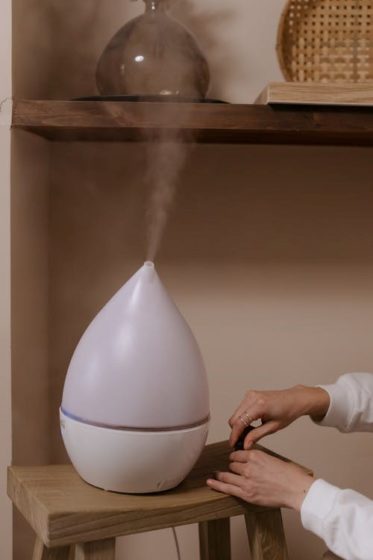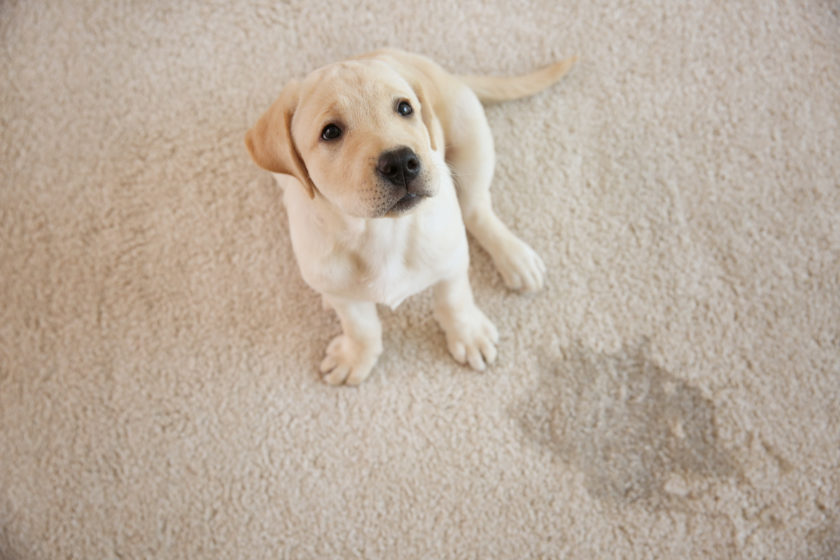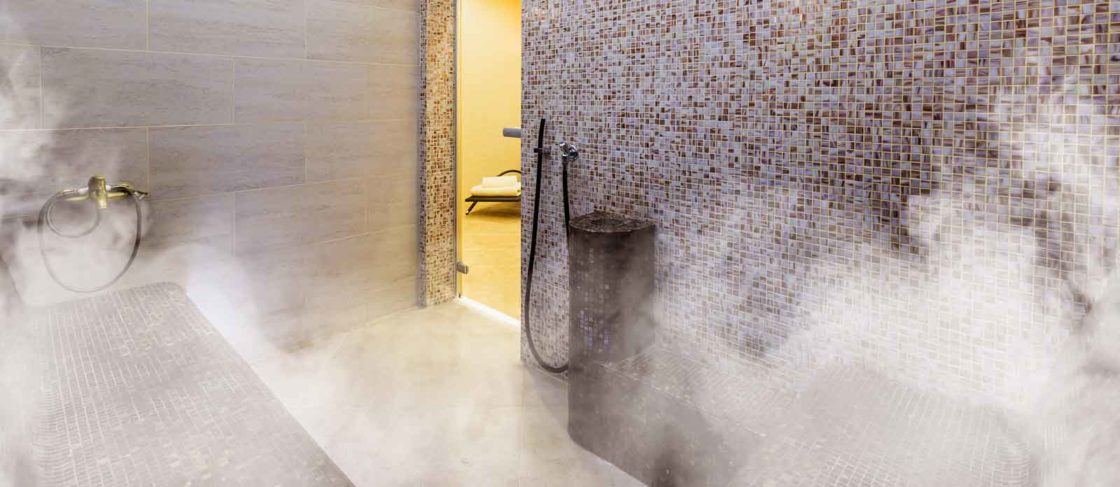A Homedics humidifier comes with an assortment of handy features that combine the calming effects of oil diffusers with the climate-regulating effects. As with most humidifiers that have littered the market, Homedics requires frequent cleaning for optimal functioning to foster a comfortable and healthy environment.
Since the unit includes dual water reservoirs, an ultrasonic membrane, essential oils, and an aroma tray, disassembling it for cleaning can be confusing compared to regular humidifiers.
Fortunately, this guide covers everything you need to know on how to clean Homedics humidifier efficiently and get it in tiptop condition.
How to Clean a Homedics Humidifier
To get started, follow the steps below. Remember to unplug your unit if connected to a power outlet and switch it off as a safety precaution.
1. Clean the Water Tank
To take out the water tank, remove it from the base of the dirty humidifier. Once you unscrew the tank cap, you can pour out the old water and rinse the water tank thoroughly afterward. For enhanced hygiene, you have free rein to add hydrogen peroxide or white vinegar to the tank during the cleaning process, at least once a week. The ideal humidifier practice is to empty the tanks and refill them with fresh water daily.
2. Clean the Ultrasonic Membrane
It’s worth noting that you should clean the Ultrasonic membrane with plastic tongs or gloves. Failure to do so means your hands’ natural oils will disintegrate the membrane and ruin it after a while.
Each day, you should take out the membrane from the water reservoir and rinse it properly. It’s advisable to do so each time you empty and refill the tanks. Ensure the membrane is entirely dry before replacement. It takes up to an hour to air dry.
Every week, remember to take out the transducer mounting plate and immerse the membrane in a solution of half-distilled white vinegar and lukewarm water. Once it soaks for up to 10 minutes, rinse the membrane well and gently scrub it with a non-abrasive sponge or soft brush to eliminate grime buildup.
3. Clean the Aroma Tray
The aroma tray is the component of a Homedics humidifier that guarantees total comfort, which is why it’s paramount to keep it spotless and pristine. To get it spick and span, open the aroma tray and remove the aroma pad for each scent. If you use one scent, put the pad aside during the cleaning process.
Use a white microfiber cloth to properly wipe the tray’s interior until you can’t feel any residue. Ensure you drain all liquids, including water, after which you can insert a new aroma pad or return the old one and shut the tray.
You might be tempted to immerse the base of your humidifier into a sink or basin filled with water to get rid of any lingering oils. However, refrain from doing so because you’re likely to damage the unit, and that’s the last thing you want.
4. Clean the Surface
Although people opt to clean their humidifiers using hydrogen peroxide, bleach or tea tree oil, Homedics suggests using a cleaning solution of distilled lukewarm water and white vinegar. Use a soft cloth to wipe down the exterior of your humidifier to the best of your ability.
You can also wipe the aroma tray with a clean microfiber cloth dipped in water to completely eliminate the cleaning solution. Once there’s no more solution left, leave the unit and its components to air dry before you reassemble it.

Removing Mold From a Homedics Humidifier
Getting rid of mold from your humidifier boils down to cleaning the tank. That’s because the tank is the perfect breeding ground for mold and bacteria. Prepare a cleaning solution of hydrogen peroxide and water in the ratio of 4:1.
That means four parts water to one part of hydrogen peroxide and pour it into the tank. Let the solution sit in the tank for up to an hour. Once you empty the solution, rinse it properly with clean water and let the tank dry.
Does Vinegar Get Rid of Pink Mold in a Homedics Humidifier?
Water and soap are ineffective in killing mold. However, popular household cleaners such as hydrogen peroxide, concentrated vinegar, or sodium borate will get the job done. Once you mix 1 gallon of water with one cup of any of these cleaners, you’re good to go.
Should You Use Dish Soap to Clean a Homedics Humidifier?
Once you unplug the humidifier, remove the detachable components such as the water tank and filters. Aside from the filter, you can clean other unit parts with dish soap and water. Use vinegar and a brush to remove residue and deposits from the tank.
Bottom Line
A Homedics humidifier is a worthwhile investment that makes your home a scented paradise while regulating the level of humidity. Now that you know how to clean it and keep it pristine, you and your loved ones can revel in purified air all day.
FAQ
Let’s explore the answers to some of the most commonly asked questions about cleaning a Homedics humidifier.
How should you deep clean your Homedics humidifier?
Once you unplug the unit from a power outlet, fill the base with a cleaning solution comprising one cup of white vinegar and one cup of water. Let it sit for up to an hour to effectively loosen the residue while sanitizing the humidifier.
Should you run vinegar through your Homedics humidifier to get it pristine?
Although vinegar comes in handy in getting a humidifier spick and span, it’s not advisable to run vinegar through it as it can irritate your lungs, eyes, nose, and throat.
Why does your Homedics humidifier indicate ‘clean?’
The cleaning light on your unit is a timer that goes off after two weeks unless otherwise indicated. Nevertheless, even if the humidifier is due to be cleaned, it should still function normally.
Should you use tap water in a Homedics humidifier?
No! Always refill your unit with purified, distilled, or mineral-free water to ensure you enjoy fresh and humidified air.
Can a dirty Homedics humidifier make you ill?
Yes! It can be detrimental to your health, particularly if you have an underlying respiratory condition such as asthma and lung disease or are prone to allergies. Nevertheless, a dirty unit can cause lung infections and flu-like symptoms even in those with pristine health when they inhale the contaminated mist or steam.

